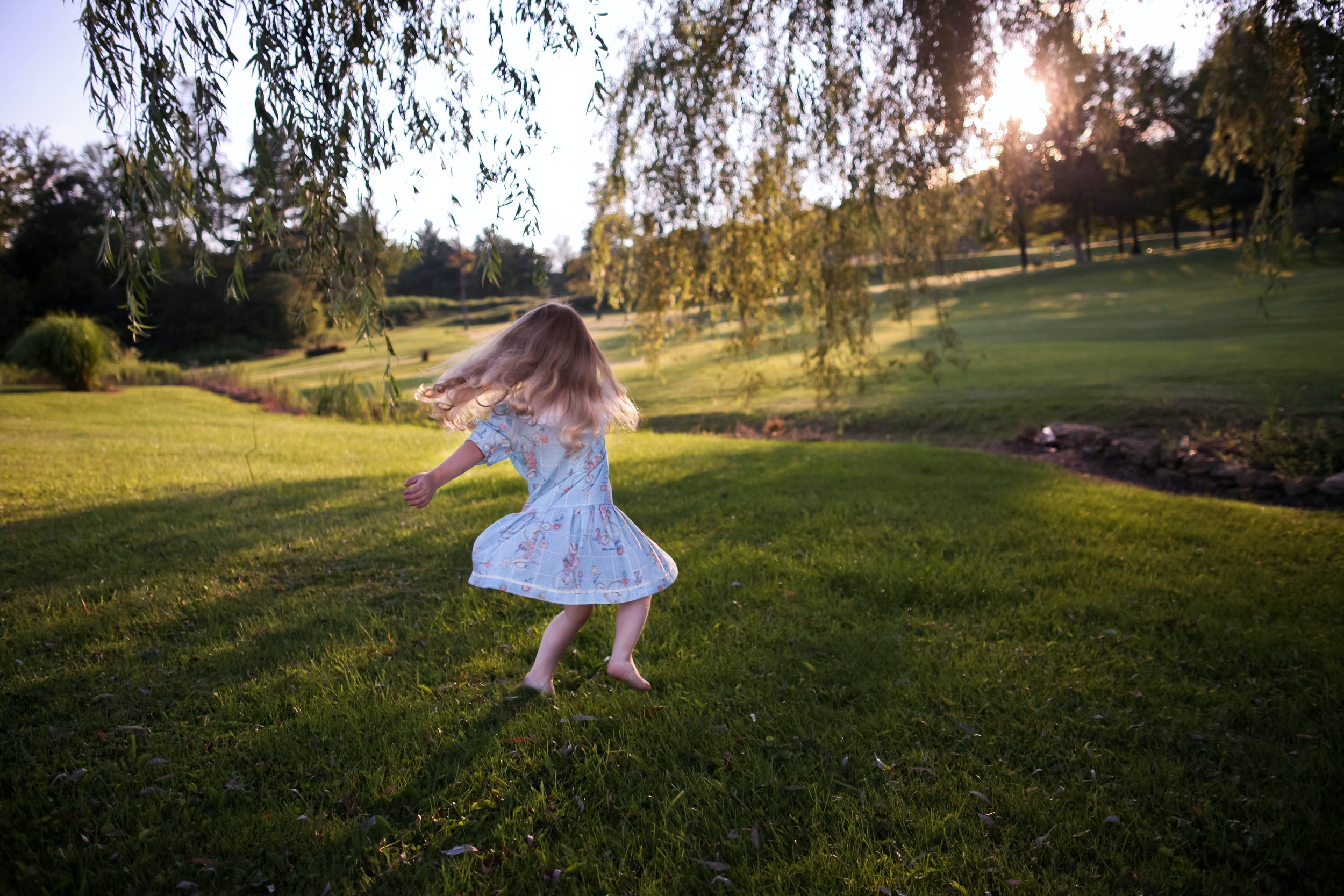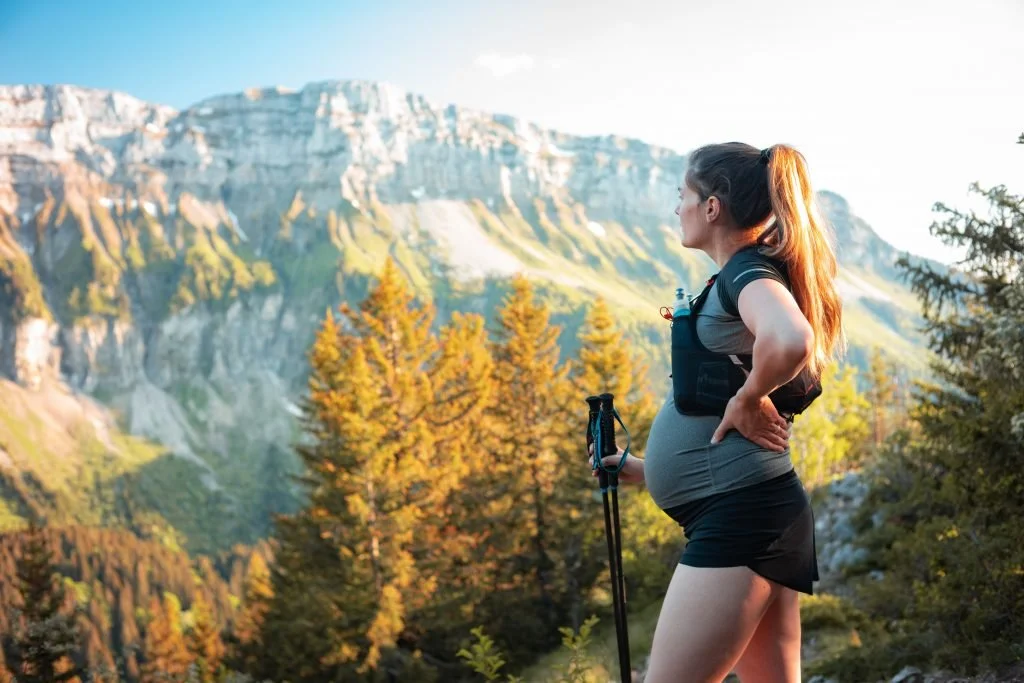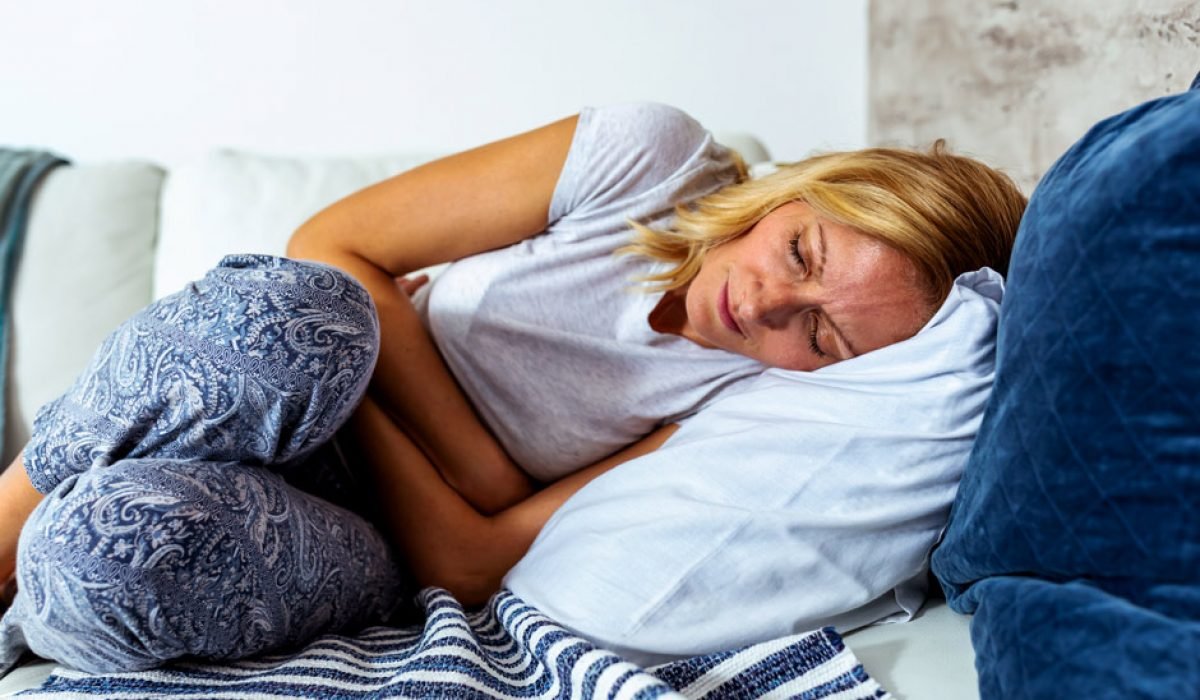The Hidden Senses: What is Proprioception?
What does the PROPRIOCEPTION sense do?
The proprioceptive sense or proprioception works with other senses, mainly vestibular and tactile, to give us information about where our body is in space and help us detect and control how much force or pressure we use for a task. Proprioceptors are located in our joints, muscles, tendons, ligaments and other connective tissue around our body.
Can touch your nose with your eyes closed? Thank your sense of proprioception!
What do I look out for if I think my child has challenges with their proprioceptive processing?
Look out for challenges with modulation and discrimination: being overly rough with peers, using too much or too little pressure on a pencil when writing, frequently slamming doors accidentally, difficulty with force gradation in target practice games, tendency to overfill mouth when eating, relying on their vision to know where their body is in space.
Look out for seeking behaviours: likes their clothes to be very tight on their body, often asks for bear hugs or pressure to their body, leans against walls and furniture, likes to sleep with weighted blankets, enjoys lots of rough play, chews clothes/pencils or other non-food items.
Look out for avoidance and sensitivity: avoidant of physical activity like jumping/skipping/crawling/carrying, doesn’t enjoy hugs or rough play, prefers sedentary activities, may prefer looser-fitting clothes
How do I help my child’s proprioceptive sense develop?
While proprioceptive input, like vestibular input, is also a powerful kind of sensory input, it is much less common for proprioceptive input to have a negative effect on a child’s nervous system. In fact, proprioceptive input more often has a very calming effect, except where it has been identified that child is over-responsive to proprioceptive input. Proprioceptive input can also be called “heavy work” and is one of the top strategies used by occupational therapists in sensory integration therapy. Proprioceptive activities are those that involve actions such as pulling, pushing, lifting, carrying, hanging and weight bearing. These activities are most effective when they are goal-focused and structured. Some examples of proprioceptive activities are:
Pounding or rolling play dough
Trampoline jumping
Tug of war
Pushing someone on a swing
Crawling or practicing other animal walks such as frog jumps or bear crawl
Biking
Carrying a weighted item e.g. schoolbag, watering can
Playing on playground equipment
ARE YOU INTERESTED IN LEARNING MORE?
If you would are noticing that your child may have sensory processing differences and these differences are impacting their day-to-day functioning, we recommend connecting with an occupational therapist. Please don’t hesitate to reach out directly to your local Tall Tree clinic to book in with one of our clinicians. We look forward to supporting you and your family!

















